The Rocky Mountains are the largest mountain range in North America. Webs of ridge lines and towering peaks wind through the western United States, and every hike finds a new way to impress travelers.
From daunting technical ascents like Grand Teton and Pingora to relaxed lakeside walks and long backpacking trips, hiking in the Rocky Mountains has an ethereal feel. Though the weather is rough and some of the hiking can be exceedingly hard, the reward is almost always worth it — even on the toughest hikes.
Amazing scenery combined with a pristine wilderness packed with elk, mule deer, wolves, and trout all make the Rockies a destination for any American who loves spending time outdoors.
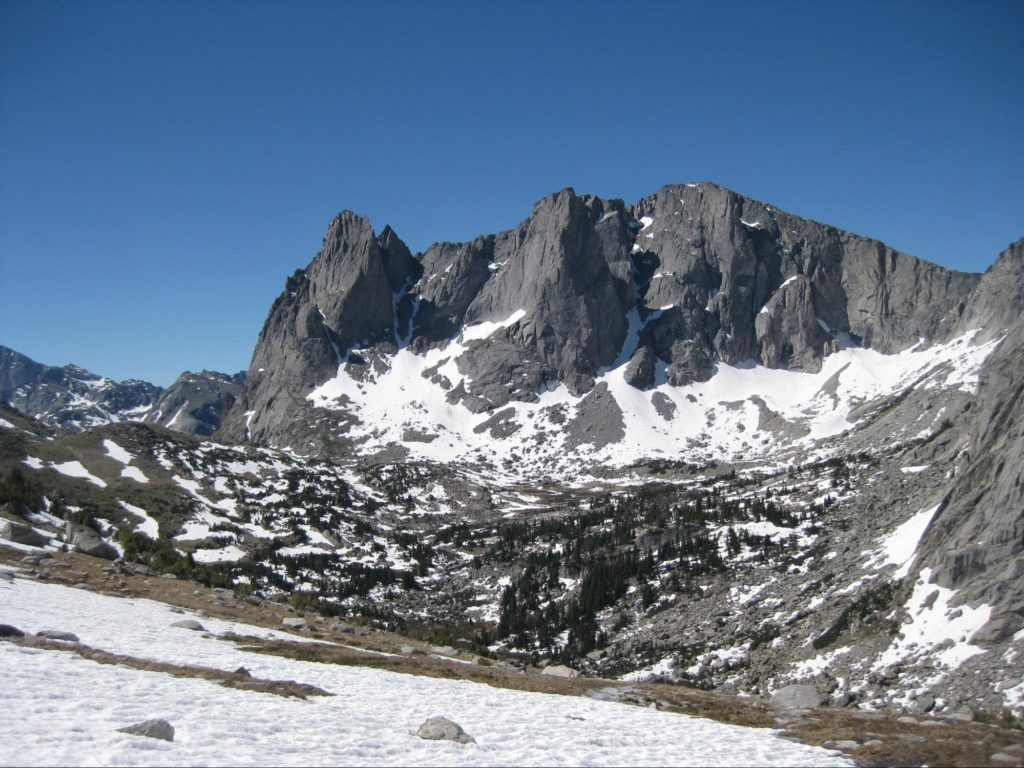
Cirque of the Towers, Shoshone National Forest, Wyoming
Nestled in the heart of the magnificent Wind River Mountains, Cirque of the Towers is breathtaking. A hiker can access Cirque of the Towers from the east, north, or west, though coming in from the west over Jackass Pass from Pinedale is most common.
The Cirque itself is a series of granite towers arrayed in a C-shaped ring around Lonesome Lake. From War Bonnet to Pingora, these spires are world-renowned technical climbing destinations, though the area offers plenty of non-technical hiking and climbing, too.
Looking for a great backpacking trip? Approach Cirque from the east side along the Popo Agie River. This trip will take most of a week, but the views and trout fishing stand out as some of the best in the state. Shoshone National Forest offers some of the best trails in America, just be aware that snow can remain over trails well into June.
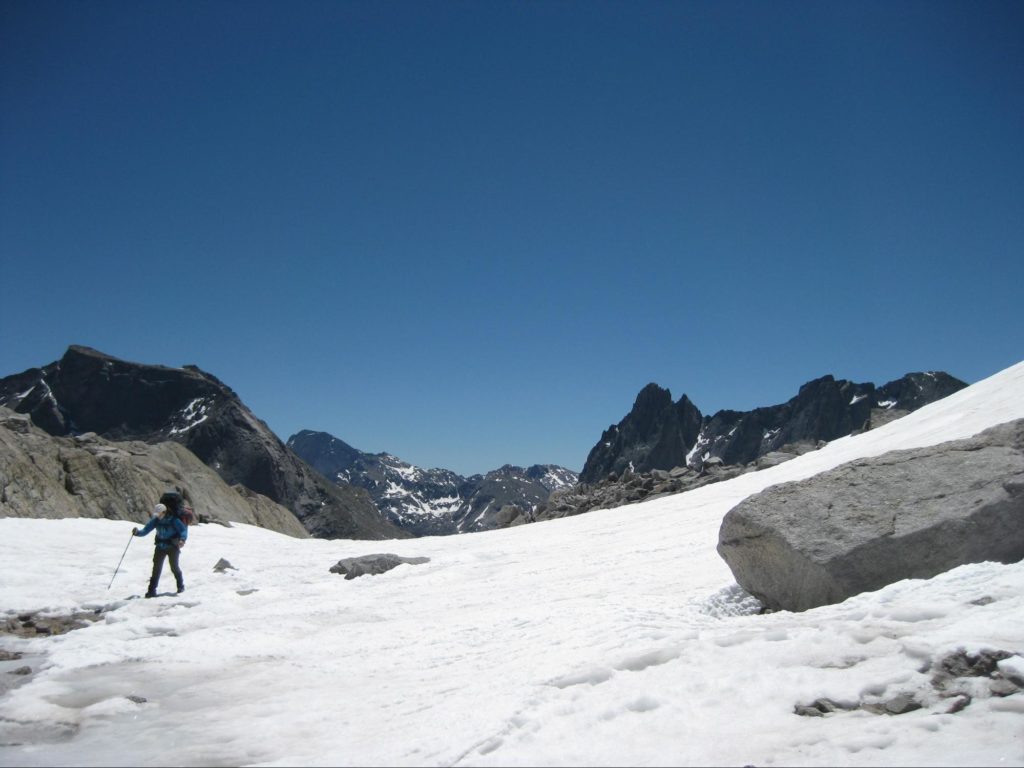
Want a real challenge? Come in over so-called Pain-in-the-Ass Pass on the north side of Cirque of the Towers. This pass isn’t marked on maps, and I can say from experience that it lives up to its name!
The Wind River Mountains are some of the finest on the continent, and unlike the Tetons or Yellowstone, they’re not crowded. In the Winds, you can escape civilization entirely. Odds are that the only people you’ll meet will be a few climbers and maybe a NOLS course.
This area is a Wyoming legacy, and it’s well worth a visit.
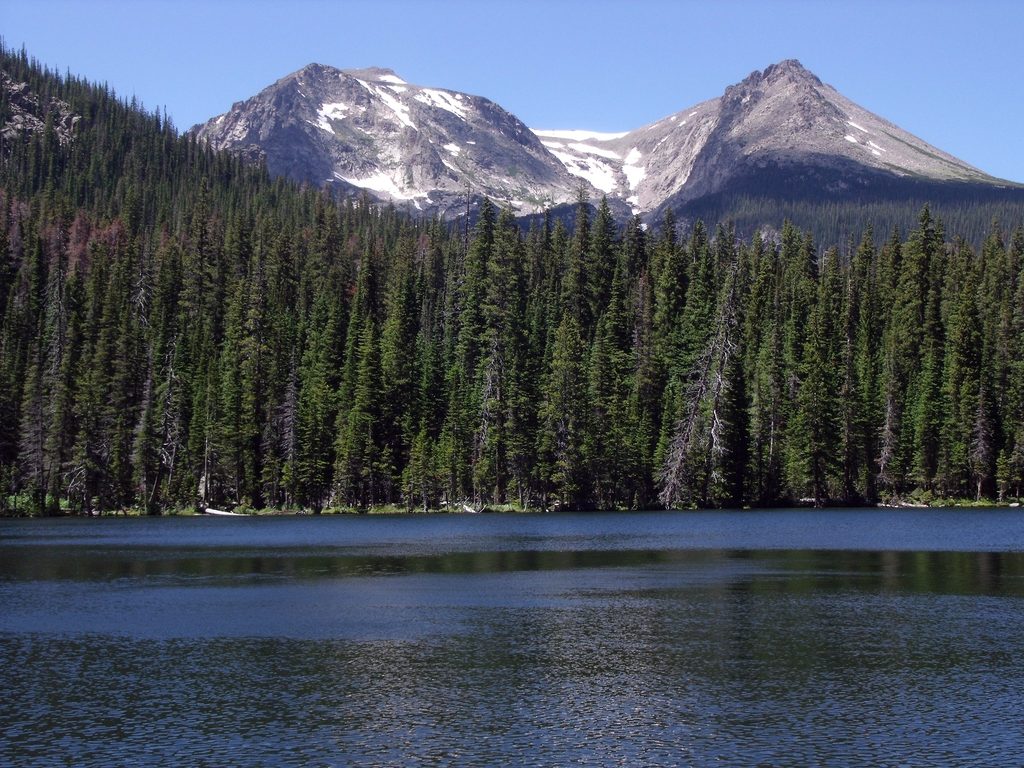
Fern Lake Trail, Rocky Mountain National Park, Colorado
It’s hard to pick a single hike in the Estes Park area, but the Fern Lake Trail is a standout. Located in Rocky Mountain National Park, the area can be extremely crowded in the summer. Bear in mind that as you get farther from the trailhead, the crowds will thin.
The Fern Lake Trail is a mild hike that serves as an excellent introduction to hiking in Colorado. The well-maintained route runs for 7.6 miles and gains a modest 1,400 vertical feet. It’s moderate in difficulty, and the views are breathtaking — as are the waterfalls.
Bring a fishing rod along for the trip for a full Western experience! The Fern Lake Trail connects with the myriad other trails in the park, so it can be a simple day hike or the start of a backpacking trip.
Whatever type of outdoors activity you’re going for, the Estes Park area has it, and Fern Lake offers some of the best scenery in North America.
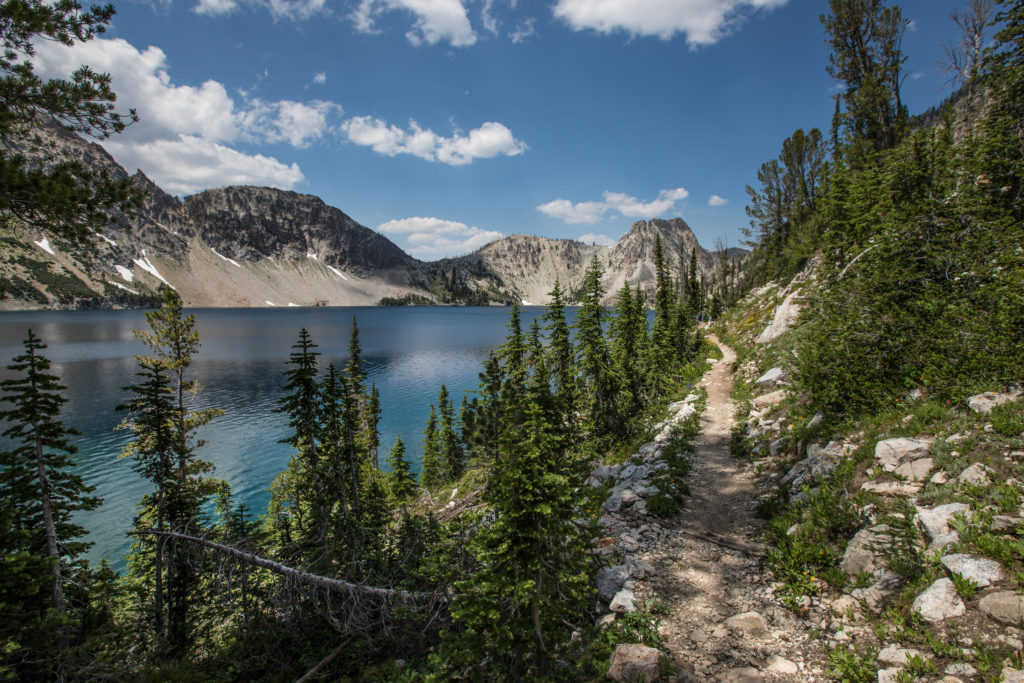
Sawtooth Lake Trail, Sawtooth National Forest, Idaho
If hiking through country spectacular enough to be on a postcard or in National Geographic sounds like your idea of a good time, explore the Sawtooth National Forest in central Idaho. Sawtooth Lake itself is a spectacular alpine lake that epitomizes hiking in the Rockies.
Don’t forget your camera — the views from this trail are some of the best in the world. At 10 miles, the hike is acceptable for most people, and with only 1,600 vertical feet of elevation gain, the terrain is also manageable.
Sawtooth Lake itself lies just under the daunting silhouette of Mount Regan, towering at 10,190 feet — that view alone makes the trip worthwhile. An alpine lake under the shadow of an immense peak is quintessential to what a hike in the Rockies should be.
This article was originally published July 23, 2019, on Coffee or Die.

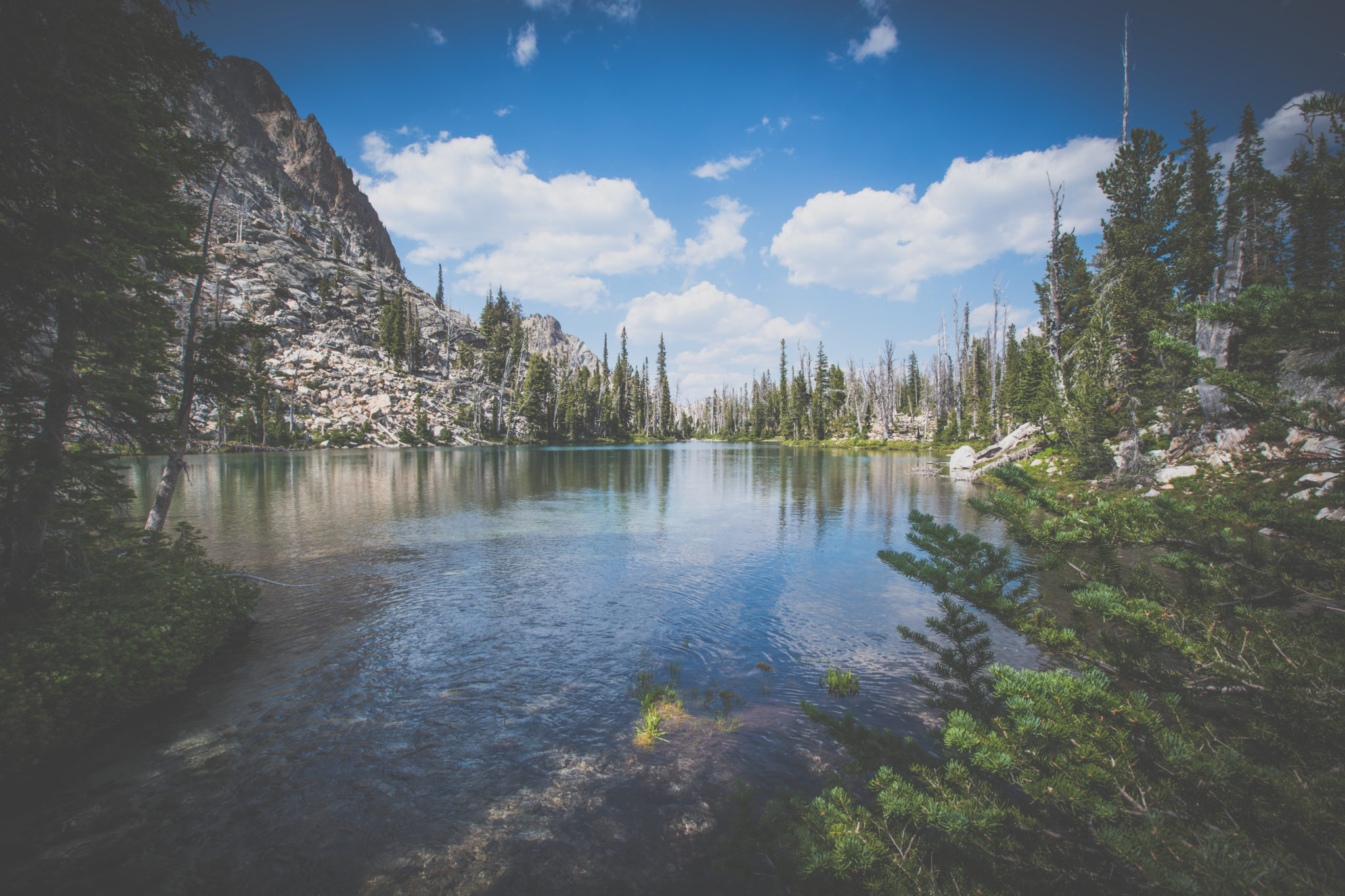






Comments